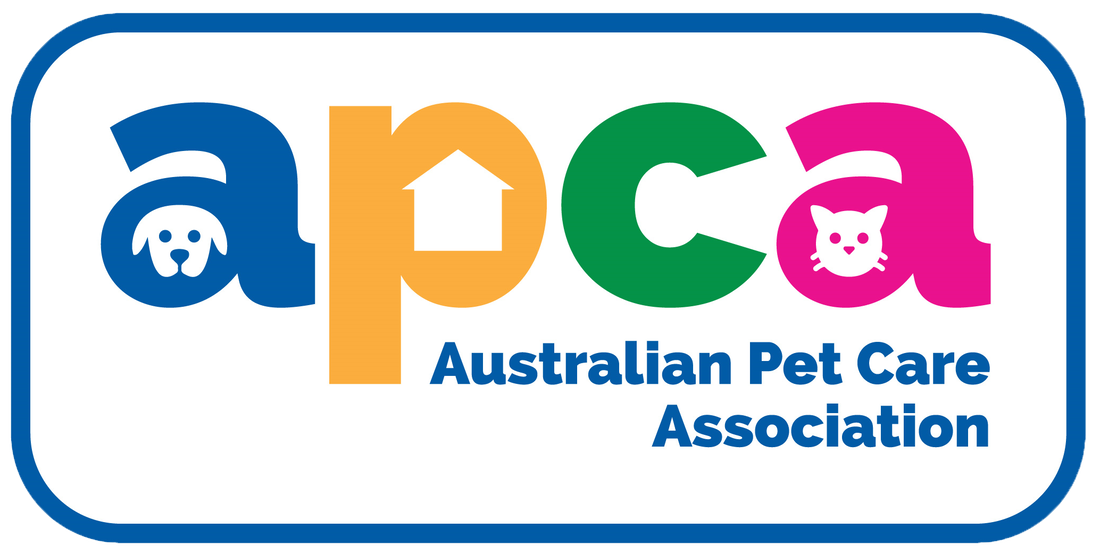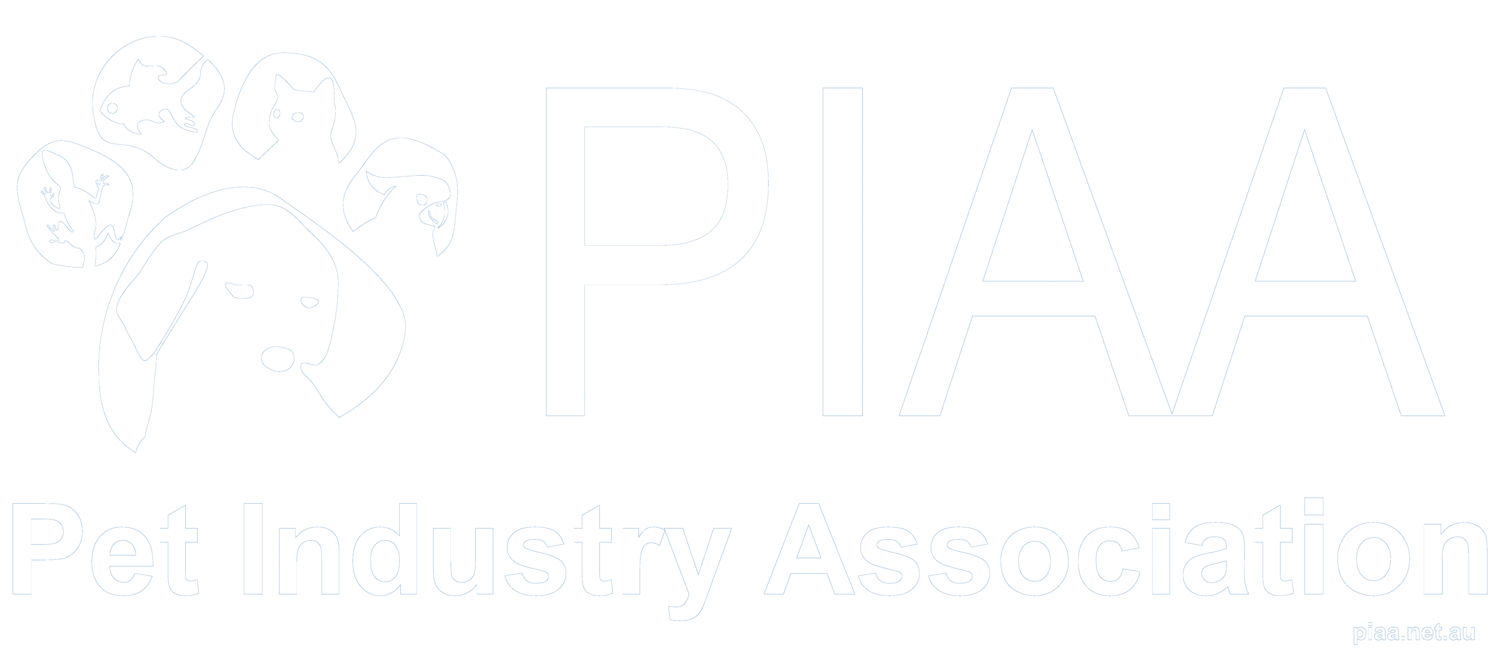|
Although it feels like only yesterday we were announcing our June Dog of the Month, it's time already to announce our lucky July Dog of the Month. Congratulations to....... Archie! This colourful ball of energy brings so much joy to the Doggy Doaters every time he visits. Archie is a Spoodle and typical to his breed he just LOVES everyone and everything, he is a text book social butterfly!
We look forward to sharing more of Archie with you all!
0 Comments
The Spoodle is a hybrid breed of dog, created by mixing a Cocker Spaniel with a Toy or Miniature Poodle. The crossing of these two breeds was first started in Germany and over the last decade their popularity has just continued to grow.
They are considered a small breed dog that make great family pets and are ideal for those with allergies or sensitivities to dog fur or dander. Depending on what percentage of Poodle is in each Spoodle, will determine how little shedding their coat will have, the more Poodle, the less shedding. As with most ‘Oodles’ the Spoodle is a friendly, confident dog who loves to be with everyone (humans and dogs alike) They are very much an ‘energizer bunny’ breed of dog, who are on the go all day long. They have plenty of energy to burn and just love to play, which makes them perfect for a family with children or an active house hold. With the combination of a Poodle and Spaniel coat the grooming requirements are high for the Spoodle, needing daily brushing (unless clipped) and professional grooming and clipping every 6 weeks. They can be prone to ear and eye issues so these should be checked and cleaned regularly as needed. The Spoodle coat can grow into a long beautiful length but does need to be brushed daily and after any playtimes in grass as they can easily pick up burrs and sticks. A damp, dirty coat can quickly lead to hotspots which is very uncomfortable for the dogs. Their coat can come in a variety of colours including golden, black, brown or blonde and can be with or without white markings. The Spoodle is suitable for most living arrangements, from large farm land to small apartment living, providing they get plenty of exercise and stimulation and the chance to get out and meet and greet everyone! The Siberian Husky is a strong (physically and mentally) hard working sled dog that, as their name would suggest, originated in Siberia. They were used for centuries along the eastern Siberian peninsula as working dogs, for sled pulling, herding and guard dogs.
Their thick coat and solid build makes their body ideal to weather the harsh winters and their strong endurance allowed them to work long, hard days. Their ability and stamina to move so quickly through the snow made them ideal for sled dogs, being able to transport people and their goods and also be used in artic races. Their breed was essential during the diphtheria epidemic in 1925 when they were used to transport much needed medicine to people all over the country. Since then, they have been fundamental working dogs all across the world, including serving in the Army’s Artic Search and Rescue Unti during World War II. Today, they are still used for sled work, guard dogs and hunting. They Husky is medium to large breed dog, with males reaching up to 60cms in height. Being a working dog, they require plenty of mental and physical stimulation to avoid any naughty behaviour. A bored Husky can be a very destructive Husky and they are also well known for their escape artist abilities, especially if there is something exciting to chase on the other side of the fence. Their heavy, thick coat requires daily brushing and sheds heavily twice a year. This warm covering over their body makes them ideal for colder climates and being able to withstand temperatures as low as -50° to -60° C. Being bred to withstand such cold weather does mean they need assistance if living in tropical or hot areas and are not recommended for hot climate living. Their coat colours vary from solid black and pure white to red and white, brown, gray, silver, wold gray, sable and more. The Husky is often known to have bi-eyes (two different coloured eyes) which is very common for the breed. They can also have parti-eyes which is when one eye has two half colours, these will be either blue or brown. The Husky is a perfect addition to any active family with plenty of room to move. They can be accommodated in smaller apartment type arrangements providing they are given plenty of mental and physical stimulation daily. If well socialised from a young age, a Husky will enjoy living with other animals in their home, being pack working animals they love being with other dogs and thrive on structure and having a job to do. Can you believe we are in June already - what a weird year it has been so far. But we are very excited to be announcing our next Dog of the Month.... TsubakiTsubaki, the beautiful Husky, is our lucky June Dog of the Month. Congratulations!
This sweet girl is currently enjoying her second post operative rehabilitation care stay with us, as she recovers from her second TPLO surgery. Being able to offer our post operative care is something we love being able to do and meeting beautiful pooches like Tsubaki along the way make it so worth it. Be sure to keep an eye out for her upcoming posts and progress of her recovery. |
ARCHIVES
June 2024
CATEGORIES
All
|

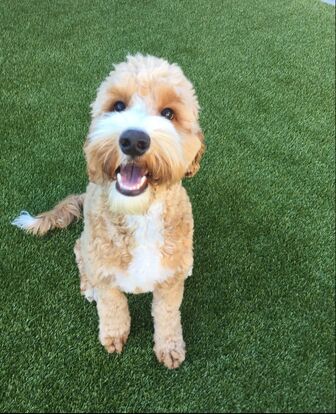
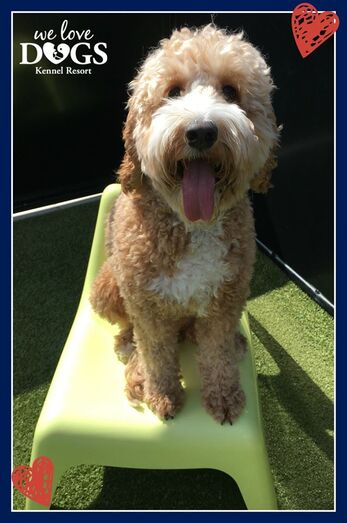
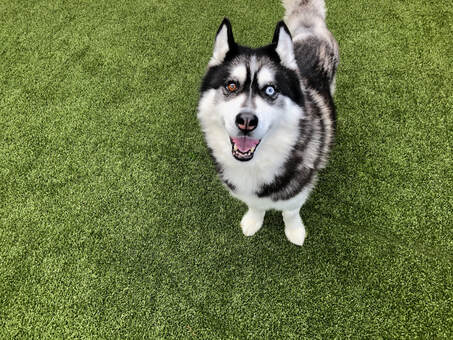
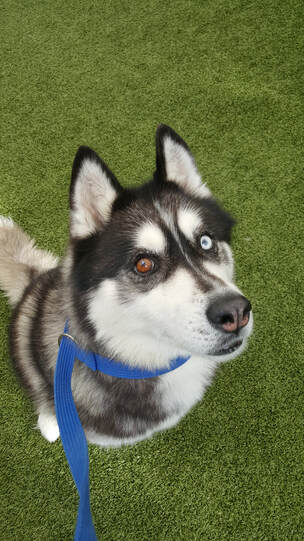
 RSS Feed
RSS Feed
